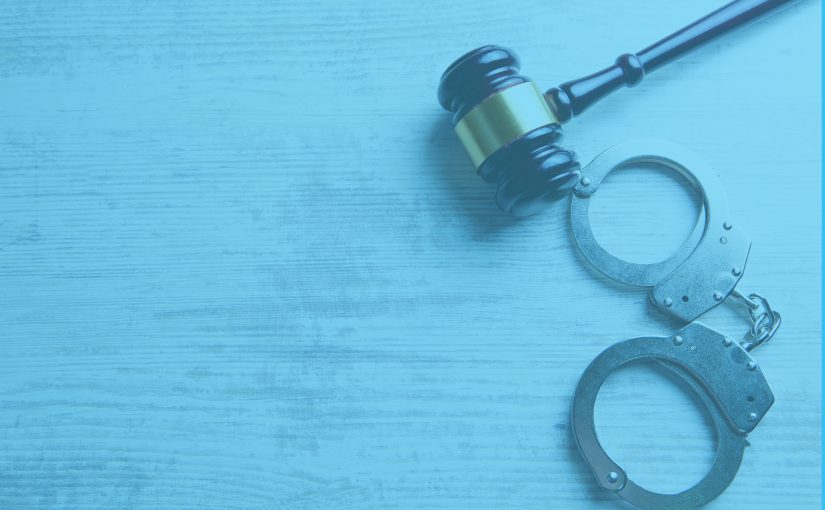Working Together to Win Together
The Essential Partnership between Law Enforcement and Prosecutors in Human Trafficking Cases

In a world where law enforcement is pushed to do more, be more, and meet ever-evolving needs, it is important to remember the core—the unique combination of power and responsibility that resides in those whose calling it is to uphold the law. Law enforcement and its prosecution partners serve an irreplaceable purpose in an unsettled world. Law enforcement stands in the gap between the offender and the victim of crime, determines whether an offense has occurred, and establishes the facts for prosecution evaluation. They uphold the rule of law by adhering to constitutional standards and prevent future victimization with each investigation that leads to a plea or trial.
When law enforcement and prosecutors pursue justice, the community affirms the worth of the victims and demonstrates its willingness to expend time, resources, and expertise on their behalf. Nowhere is this investment more necessary than in pursuit of the crime of human trafficking. The exploitation of men, women, and children for forced sex or forced labor reduces people to commodities to be depleted for the enrichment of the trafficker. Traffickers use force, fraud, and coercion to amplify victim vulnerabilities, including poverty, lack of education, mistrust of law enforcement, encounters with the child welfare system, isolation, and prior abuse. No industry is immune, and no enclave is too exclusive, to feel its effects. Traffickers need only three things to succeed: vulnerable victims, willing buyers, and inconsistent enforcement. All three can be found anywhere, regardless of geography, population, or access to interstate highways.
Human trafficking victims often run from a system that has repeatedly let them down. They don’t make the call for help, and when they do encounter law enforcement, it is often while being placed in a squad car themselves, their victimization cloaked in compelled criminal behavior. One of the most recent studies of law enforcement’s capacity to identify human trafficking victims concluded that, on its own, law enforcement identifies only 2–6 percent of estimated trafficking victims. When police worked with victim-serving agencies, they increased the percentage of minor sex trafficking victims identified to between 29 and 45 percent, but identification of labor trafficking victims remained almost nonexistent. From the criminal justice perspective, no investigation means no arrest, no prosecution, no penalty, and no change.


